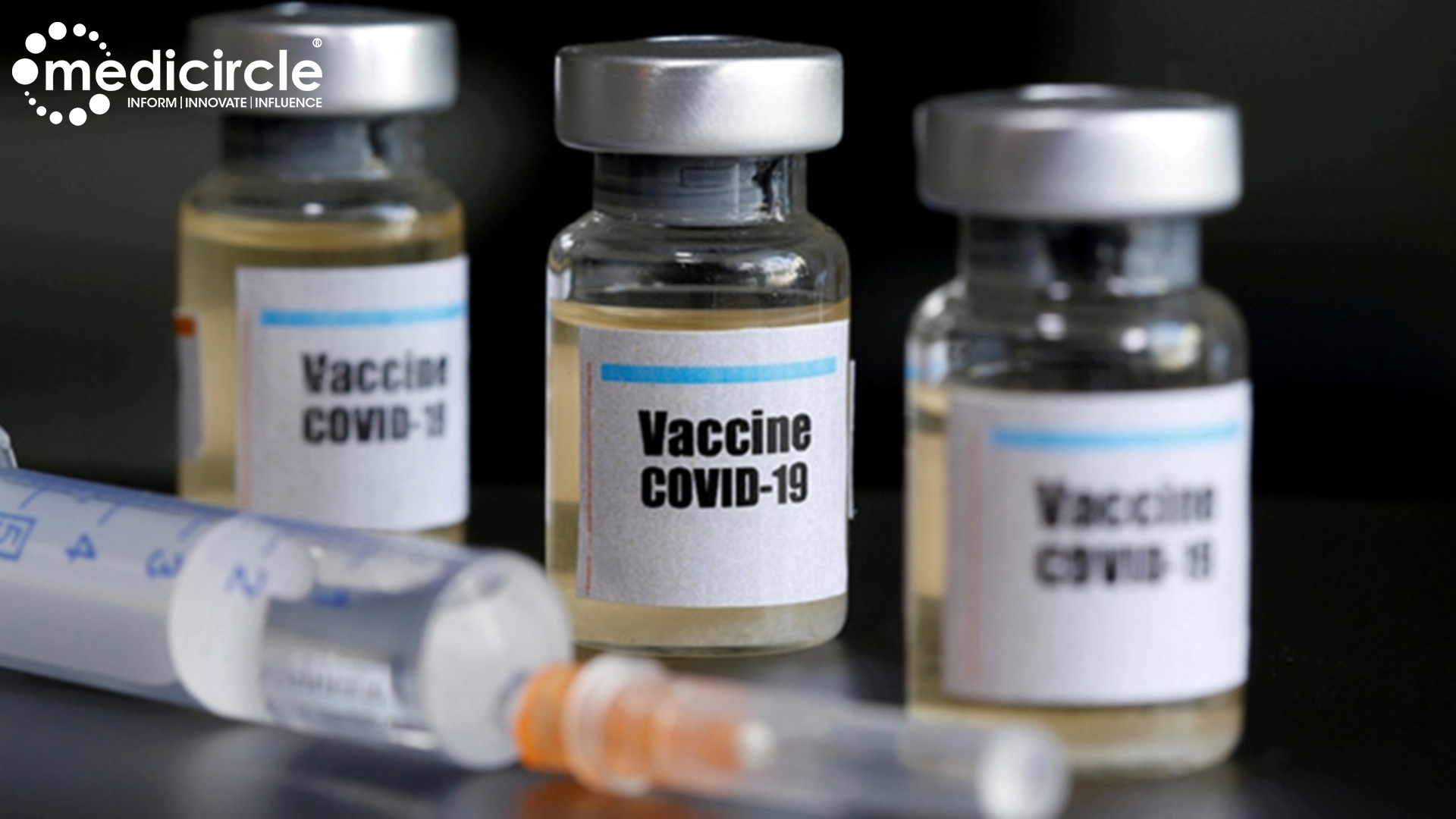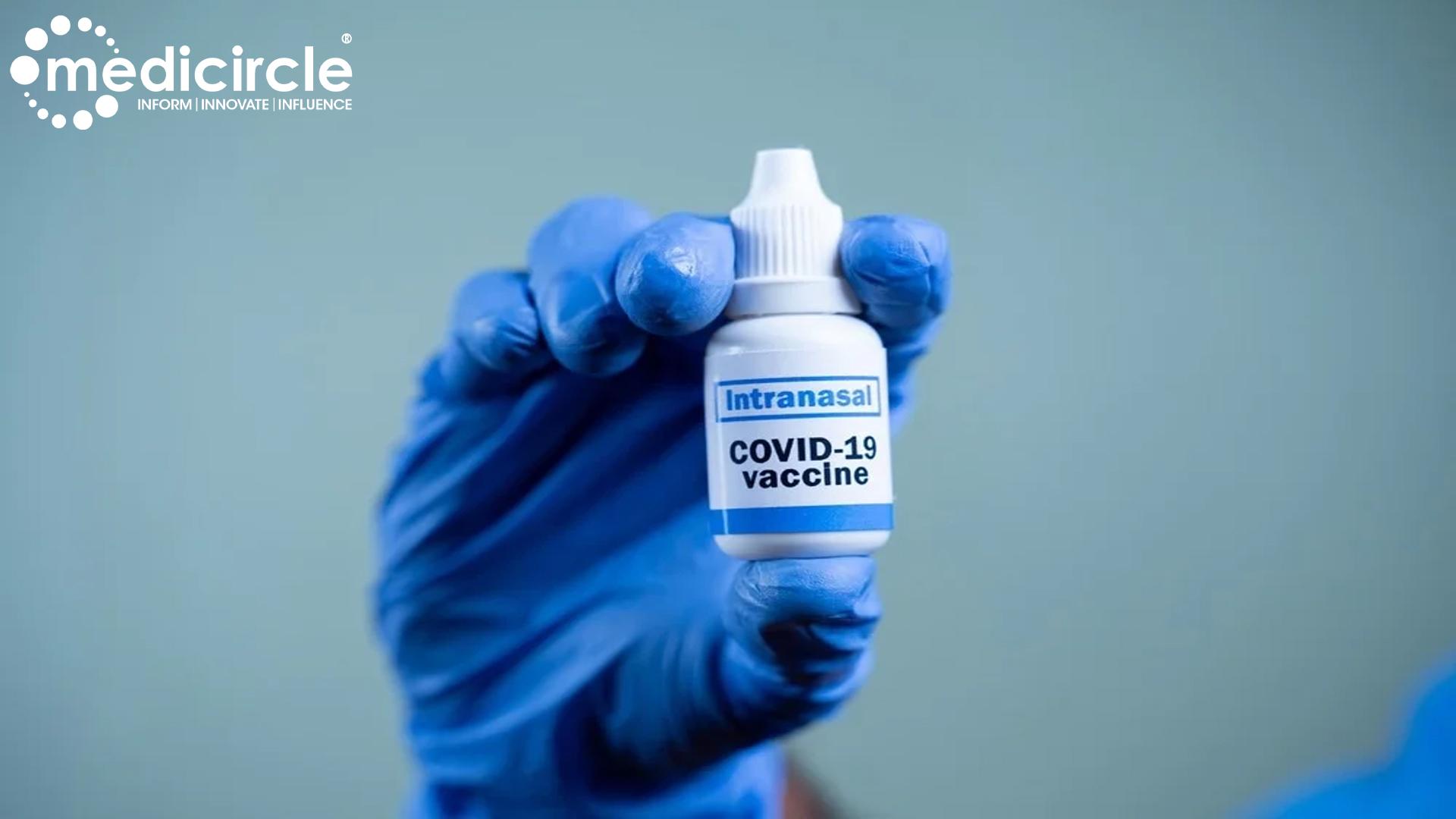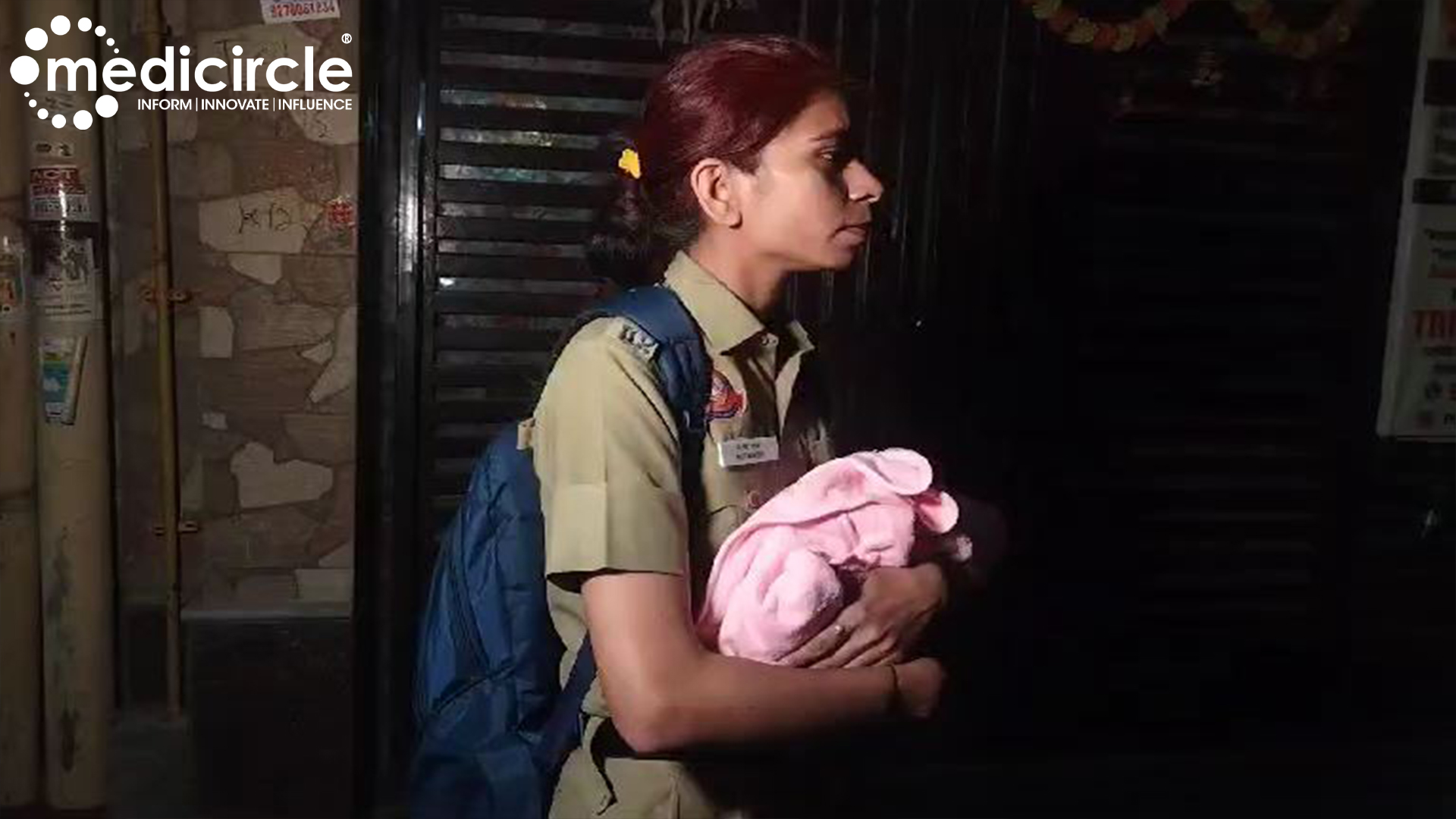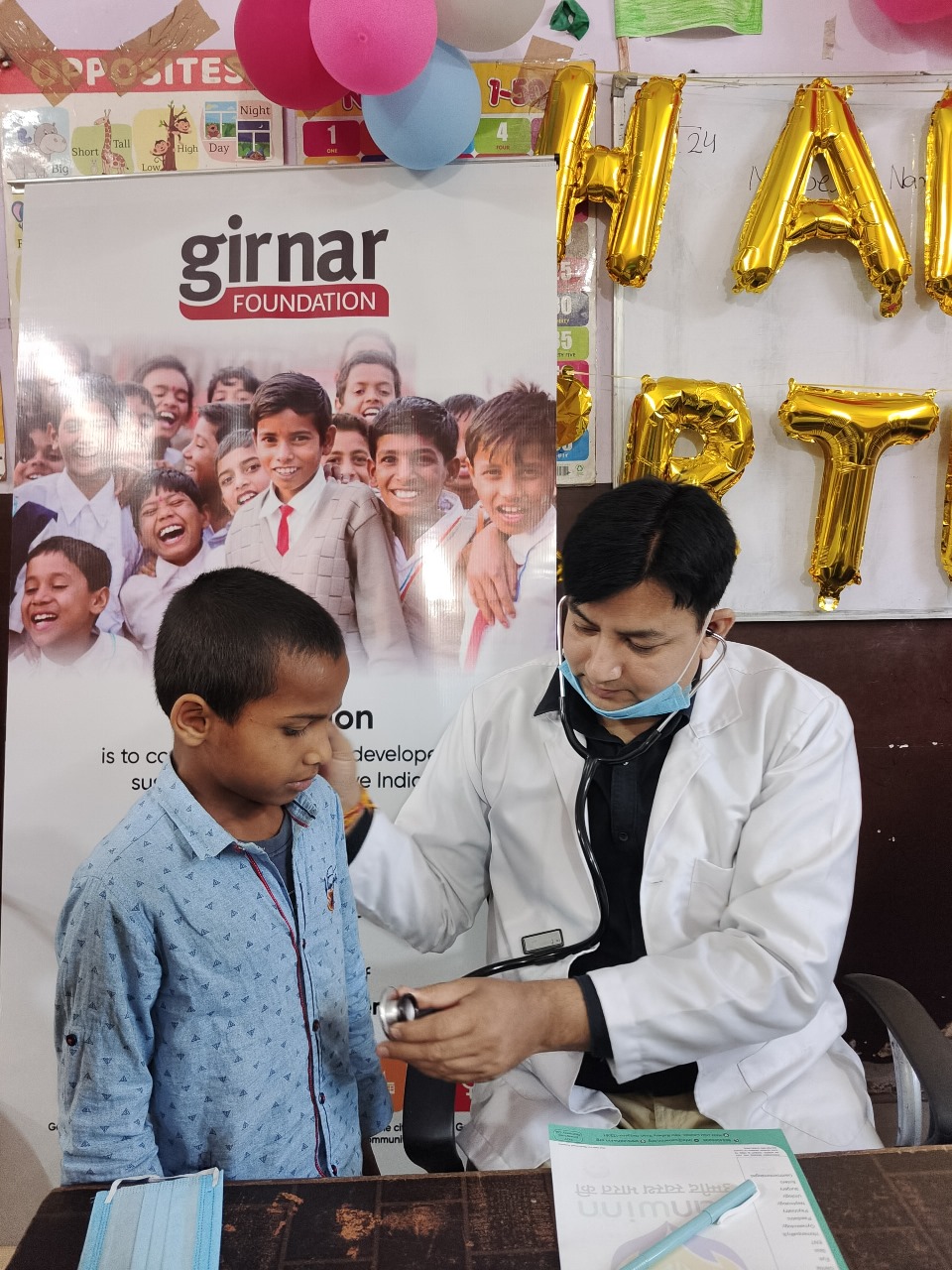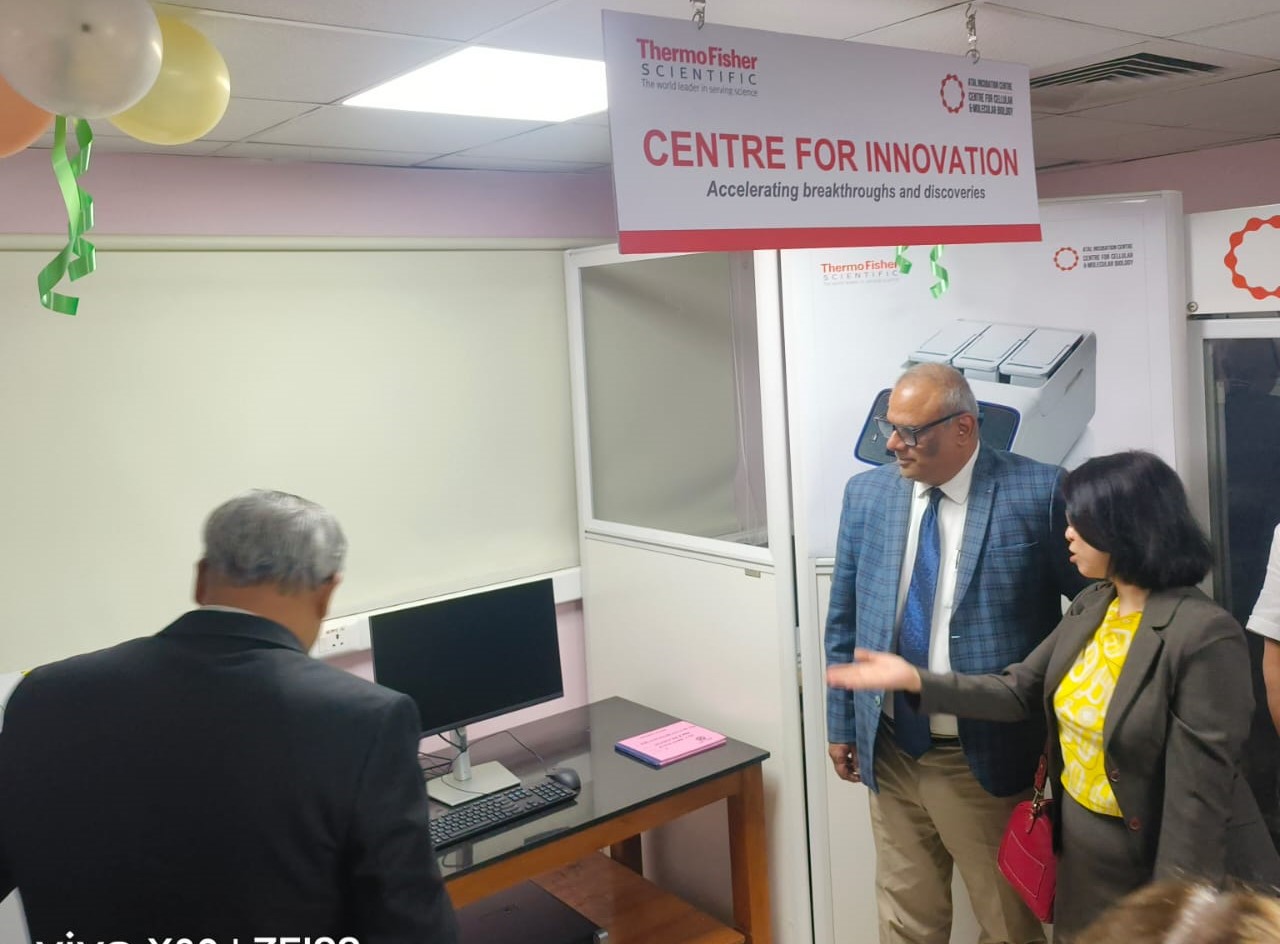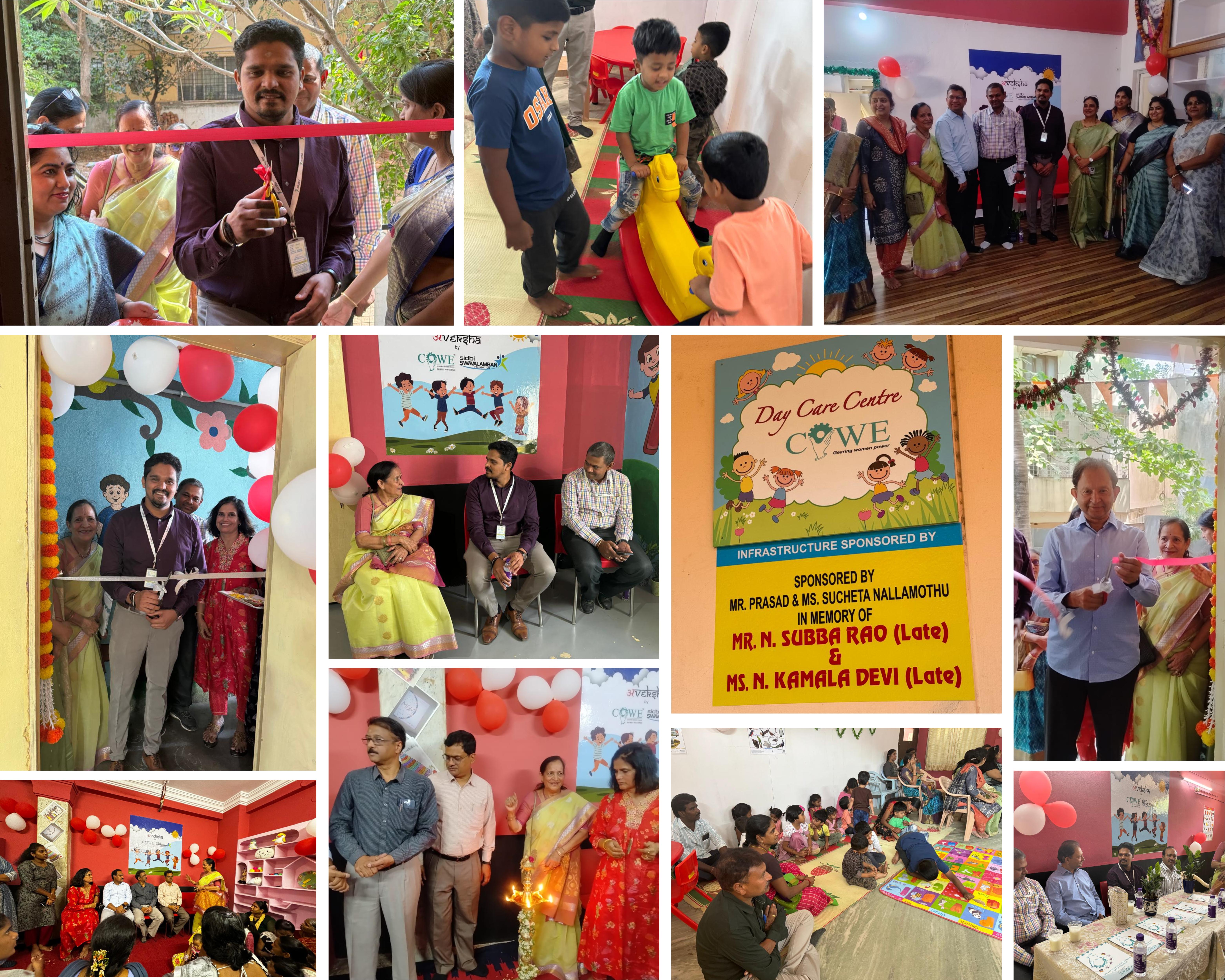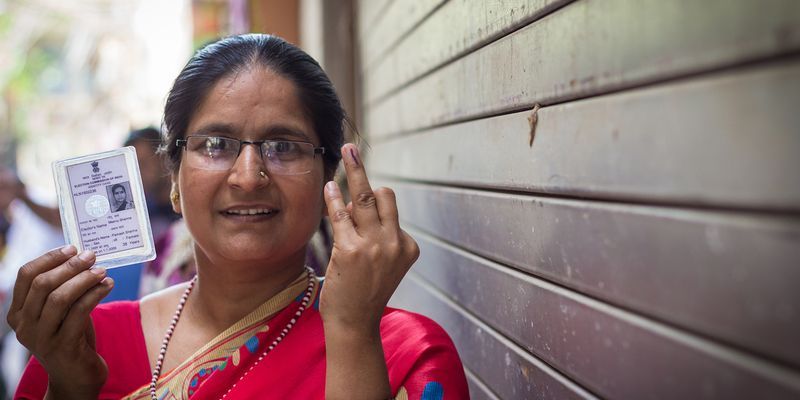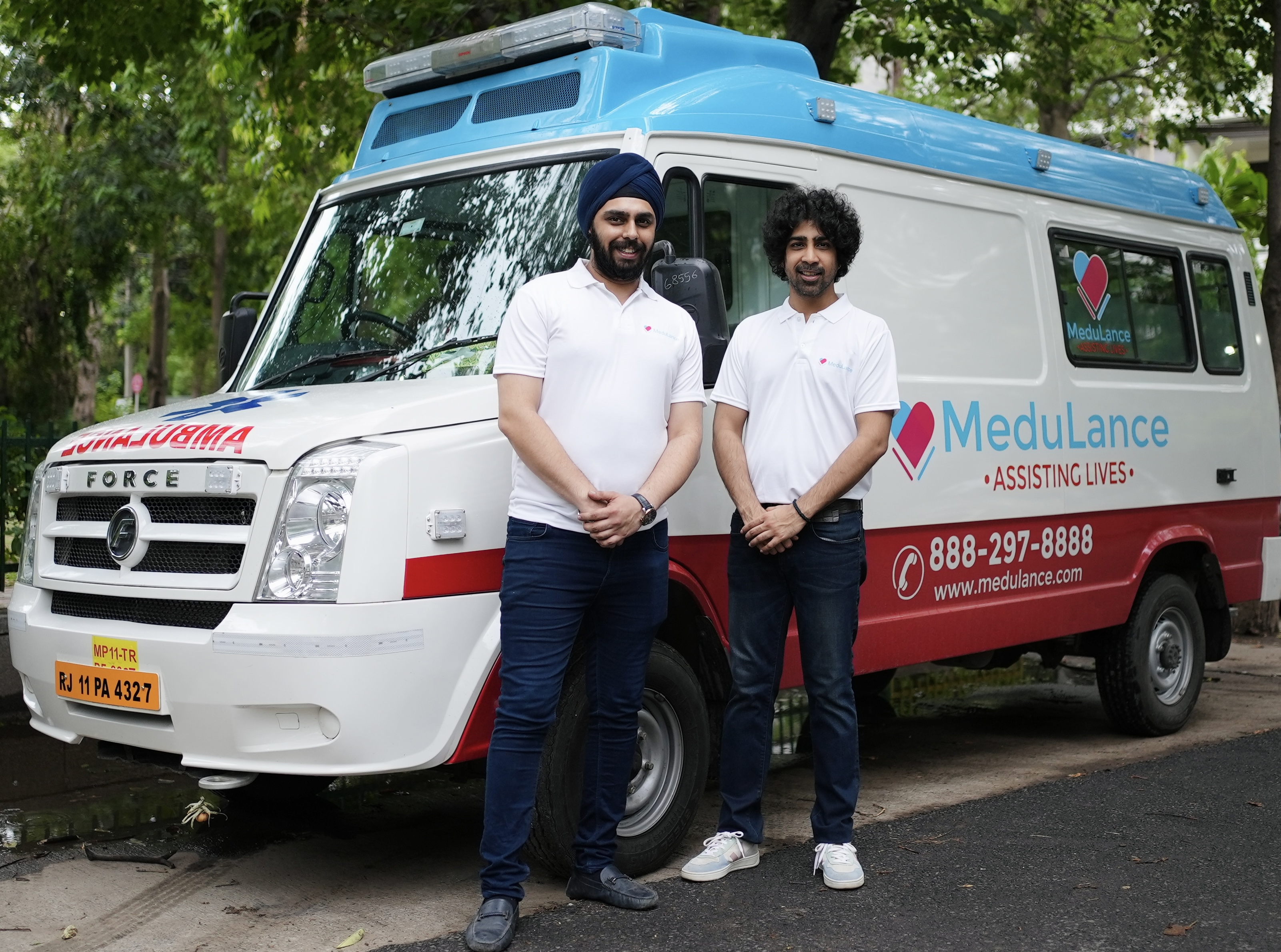National HIV/AIDS and Aging Awareness day focuses on people who are HIV-Positive and may be aging faster than their peers. Scientists report in a new study that people with HIV or who are getting treatment for it has a faster aging process by about five years, on average. Also, the challenging issues facing the aging population with regards to HIV prevention, testing, care, and treatment.
The Government of India (GOI) estimates that around 2.40 million Indians are living with HIV (1.93 â€3.04 million) with prevalence amongst:
Adult - 0.31% (2009)
Children (<15 yrs="" -="" 3="" 5="" blockquote="">Adults (15-49 years) - 83%Women - 39%
India’s heterogeneous epidemic is majorly concentrated in 4 states which account for 55% of all HIV infections in the country:
Andhra Pradesh – 500,000 Maharashtra – 420,000 Karnataka – 250,000 Tamil Nadu – 150,000
While West Bengal, Gujarat, Bihar, and Uttar Pradesh account for another 22% of HIV infections in India.
The concentrated pestilences are driven by unprotected sex between sex laborers and their customers and by infusing drug use with contaminated injecting equipment.
As indicated by India's National AIDS Control Organization (NACO), the main part of HIV diseases in India happens during unprotected hetero intercourse. Therefore, and as the pandemic has developed, ladies represent a developing extent of individuals living with HIV, particularly in rural areas.
The slow pace of various accomplice simultaneous sexual connections among the more extensive network appears to have, up until now, secured the bigger group of individuals. Notwithstanding, albeit in general pervasiveness stays low, even moderately minor increments in HIV contamination rates in a nation of more than one billion individuals convert into enormous quantities of individuals getting infected.
Risk Factors
Quite a few factors put India in danger of experiencing the spread of HIV if effective prevention and control measures are not scaled up throughout the country. These risk factors include:
Unsafe Sex: In India, sexual transmission is responsible for 87.4 % of reported HIV cases, and HIV prevalence is seen to be high among sex workers (both male and female) and their clients.
A large proportion of women with HIV appear to have acquired the virus from their regular partner who was infected during paid sex. Though HIV prevention efforts targeted at sex workers are increasing in India, the context of sex work is complex and enforcement of outdated laws often acts as a barrier against effective treatment efforts and HIV prevention.
Low Condom Use Although recent data suggests an increase in condom use, in many places condom use is still limited, especially where commercial encounters take place in ‘risky’ locations with low police tolerance for this activity. HIV information and awareness appear to be low, especially among those working on the streets. Men Who Have Sex with Men (MSM): Few studies that have examined this subject have found that a significant proportion of men in India do have sex with other men but relatively little is known about the role of sex between men in India’s HIV epidemic. The extent and effectiveness of India’s efforts to increase safe sex practices between MSM (and their other sex partners) as poor knowledge of HIV have been found in groups of MSM. Injecting Drug Use (IDU): Injecting drugs with contaminated injecting equipment is the main risk factor for HIV infection in the northâ€east (especially in the states of Manipur, Mizoram, and Nagaland), and features increasingly in the epidemics of major cities elsewhere, including in Chennai, Mumbai and New Delhi (MAP, 2005; NACO, 2005) and in the state of Punjab. Products injected include legal pharmaceuticals (e.g. buprenorphine, pentazocine, and diazepam), in addition to heroin. Comprehensive harm reduction programs, including clean needle and syringe exchange and opioid substitution therapy (OST), need to be extended and expanded as a matter of urgency in those parts of India with serious drug injectingâ€related HIV epidemics. Migration and Mobility: Migration for work takes people away from the social environment of their families and community. A high proportion of female sex workers in India are mobile. This can lead to an increased likelihood to engage in risky behavior and thus concerted efforts are needed to address the vulnerabilities of the large migrant population. The mobility of sex workers is likely a major factor contributing to HIV transmission by connecting highâ€risk sexual networks. Low Status of Women: In many countries, the unequal power relations and the low status of women - by limited access to human, financial, and economic assets, weakens the ability of women to protect themselves and their child and negotiate safer sex both within and outside of marriage, thereby increasing their vulnerability.Widespread Stigma: The misconception that AIDS only affects men who have sex with men, sex workers, and injecting drug users strengthens and perpetuates existing discrimination. The most affected groups have little or no access to legal protection of their basic human rights.
The Governmental and Non-Governmental response to HIV/AIDS
Governmental
As soon as the first AIDS case was reported in 1986, the Government of India established a National AIDS Control Program (NACP) which has now become the Department of AIDS under the Ministry of Health and Family Welfare. The scope of NACP in 1991 was expanded to focus on blood safety, prevention among highâ€risk populations, raising awareness in the general population, and improving surveillance. A semiâ€autonomous body, the National AIDS Control Organization (NACO), was established under the Ministry of Health and Family Welfare to implement this program.
- This first phase of the National AIDS Control Program focused on initiating a national commitment, increasing awareness, and addressing blood safety. Screening of donated blood became almost universal by the end of this phase. Tamil Nadu, Andhra Pradesh, and Manipur demonstrated a strong response and high level of political commitment, many other states, such as Bihar and Uttar Pradesh, have yet to reach these levels.
- The second phase of the NACP began in 1999 and ended in March 2006 and under this phase; India continued to expand the program at a state level. Greater emphasis was placed on targeted interventions for the most at-risk populations, preventive interventions among the general population, and involvement of NGOs and other sectors and line departments, such as education, transport, and police. Capacity and accountability at the state level continues to be a major issue and has required sustained support. Interventions need to be scaled up to cover a higher percentage of the population, and monitoring and evaluation need further strengthening. While the government’s response has been scaled up markedly over the last decade, major challenges remain in raising the overall effectiveness of stateâ€level programs, expanding the participation of other sectors, and increasing safe behavior and reducing the stigma associated with HIVâ€positive people among the population.
-The Third Phase of the NACP (NACP 3) program has dramatically scaled up targeted interventions in order to achieve very high coverage of the most at-risk groups and under this phase, surveillance and strategic information management also received a big boost. On completion of NACP III, the government of India has realized their strengthens and with the help of development partners and donor agencies, with all the stakeholders including the representatives from civil societies, community representatives, non-health departments, and experts from public health and designed the program activities for NACP IV.
-NACP IV: The focus of this phase will be primarily on scaling up prevention through NGOs and sustaining the efforts and results obtained in the last 3 phases and integration with the health systems response to the epidemic e.g. through the provision of ART, STI services, and treatment of opportunistic infections through the National Rural Health Mission. The focus of the World Bank support to the NACP IV is to further scale up and reach out with targeted prevention interventions to the most at-risk population groups to contribute to the reduction in new infections.
Nonâ€Governmental and Community Based Organizations (NGOs & CBOs)
There are numerous NGOs and CBOs working on HIV/AIDS issues in India at the local, state, and national levels. Projects included targeted interventions with key populations; direct care of people living with HIV, general awareness campaigns, and care for children orphaned by AIDS. Funding for nonâ€government and communityâ€based groups comes from a variety of sources:
The federal or state governments of India International donors Local contributions.
Several CBOs have also piloted innovative approaches to tackling the stigma and discrimination that hinders access to effective HIV prevention, treatment, and care services among populations most at risk.
Issues and Challenges: Priority Areas
Institutional Capacity: The national response still faces institutional constraints, both structural and managerial, to continue to scale up at the national and state levels. It is critical that these factors be addressed as the program expands its response to the epidemic. State-level performance varies significantly an important factor is the high turnover of state-level project directors, resulting in limited continuity and variability in performance across states. The strong program is weakest in some of the poorest and most populated states with significant vulnerability to the epidemic. There is a need for tailored capacityâ€building activities and increased attention to performanceâ€based financing approaches.
Use of Data to Tailor the Response: Although the national program generates a rich database for monitoring purposes, there is a need for greater use of data for decision making, including the use of program data and epidemiological data at district and state levels to tailor the response. The epidemiological profiling of districts using data triangulation that was initiated in 2009 is a step in the right direction. This will help to ensure that a lot of the data that is being generated is adequately used for managing the program and informing policies and priorities. Increased emphasis is needed to evaluate behavior change toward the end of NACP 3 and to plan for the future since changes in the national program key performance indicators are critical for assessing progress towards achievement of program goals.
Targeted interventions for most at-risk populations: Although India is increasing the coverage of targeted interventions for the most at-risk populations, it will be critical to sustain these efforts and expand more rapidly in those areas and among those population groups, which are lagging behind and hard to reach; most importantly, comprehensive harm reduction programs among injecting drug users, and safe sex among men having sex with men.
Stigma and Discrimination: Stigma and discrimination against people living with HIV and AIDS and those considered to be at high risk remain entrenched.
Stigma and denial undermine efforts to increase the coverage of effective interventions among key populations such as men having sex with men, sex workers, and their partners, and injecting drug users. Police harassment and ostracism by families and communities drive the epidemic underground and decrease the reach and effectiveness of prevention efforts.
Though there is a significant increase in awareness due to efforts by the government, there is much room for improvement, including scaling up to stigma reduction innovations, piloted by communities at risk.
Today we are striving to produce vaccines for COVID-19 which has shaken the world since the past 9 months but have we ever pondered over this that, India is home to the second-largest population of people living with HIV and AIDS and yet we do not have a vaccine for HIV/AIDS when we have been living with it since 1986!
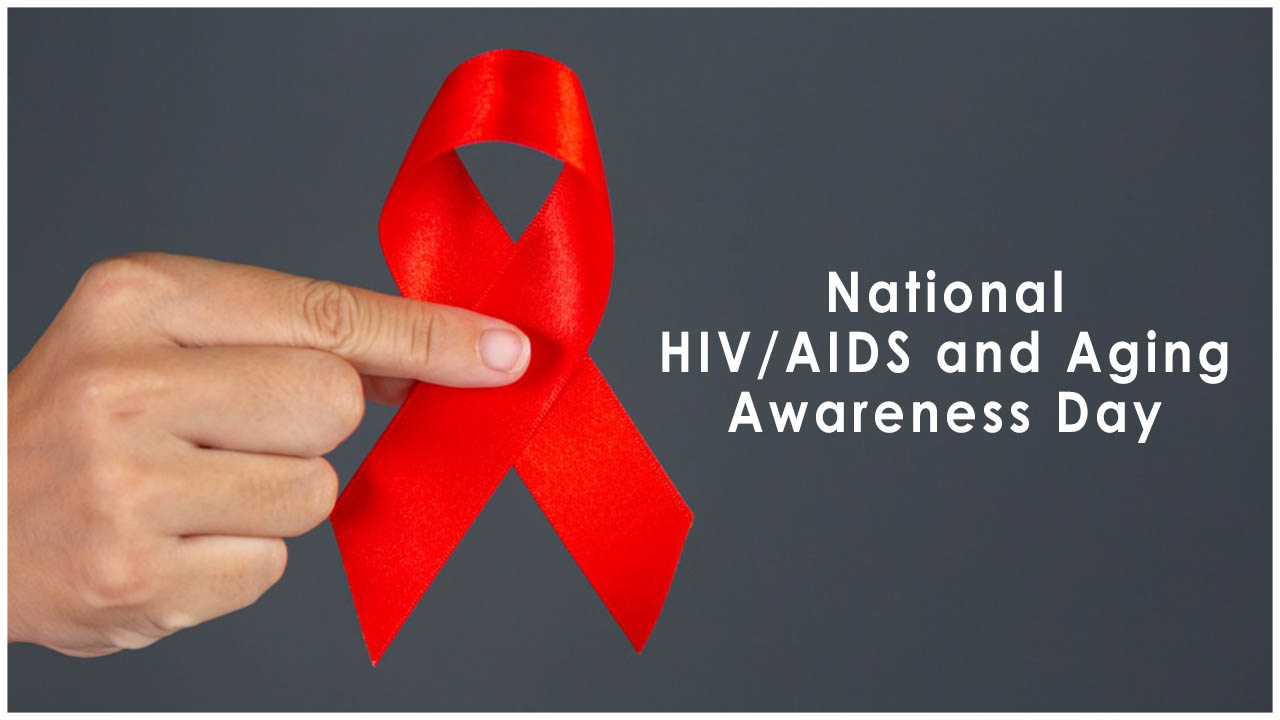
 Though there is a significant increase in awareness due to efforts by the government, there is much room for improvement, including scaling up to stigma reduction innovations, piloted by communities at risk.
Though there is a significant increase in awareness due to efforts by the government, there is much room for improvement, including scaling up to stigma reduction innovations, piloted by communities at risk.

















